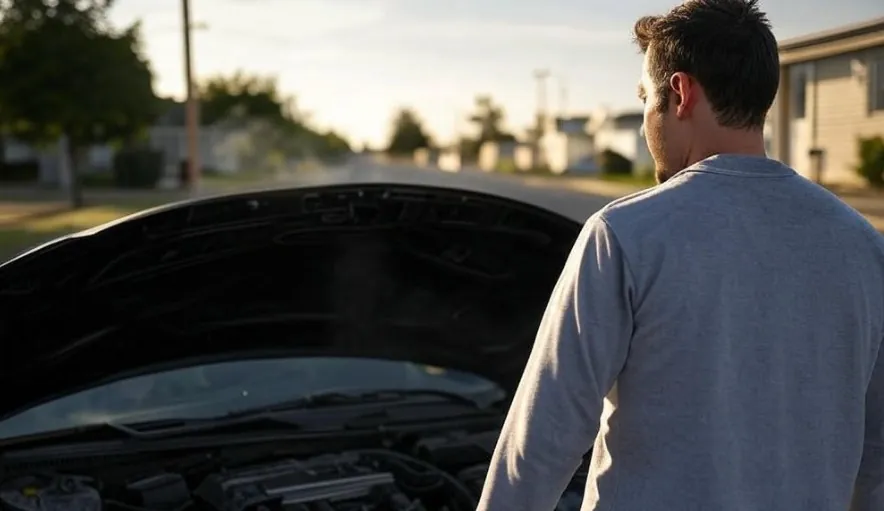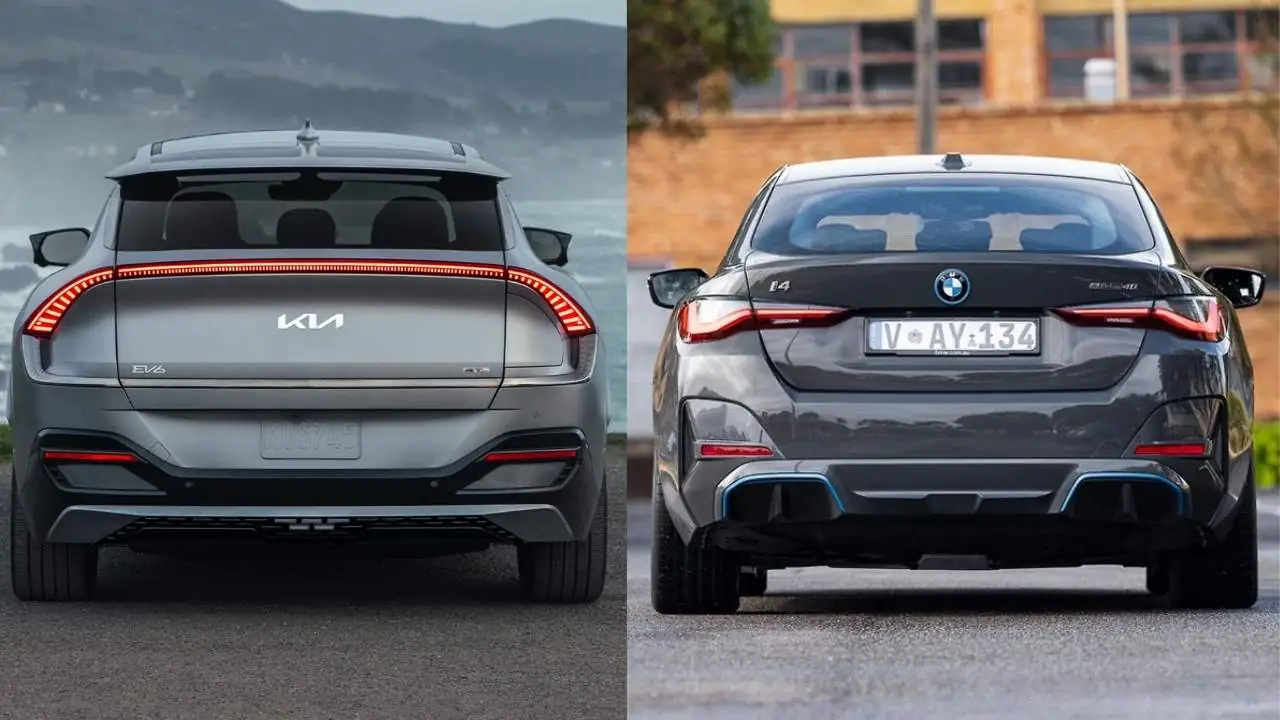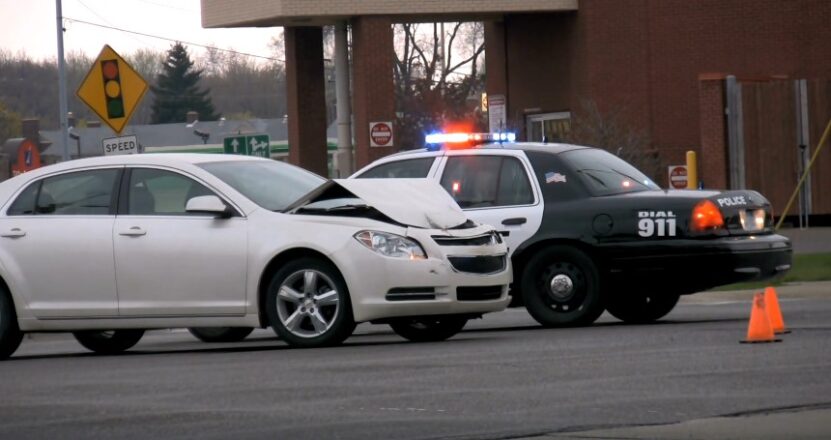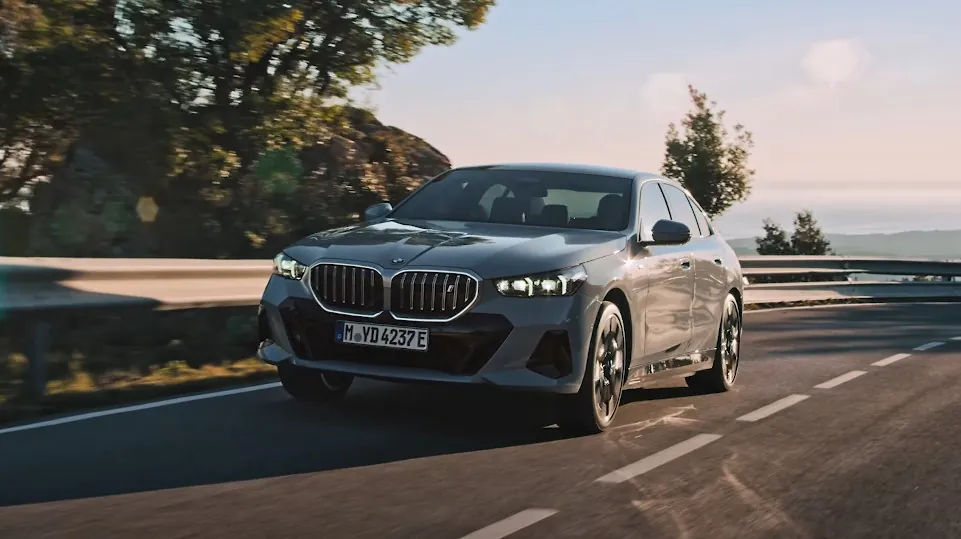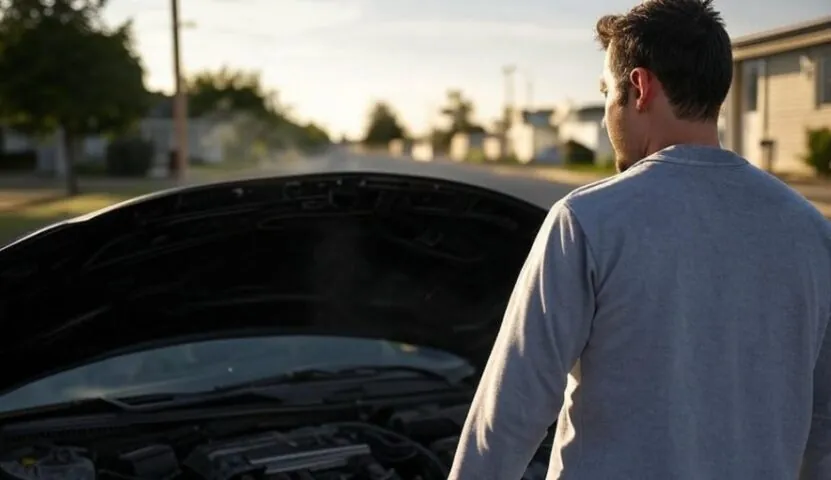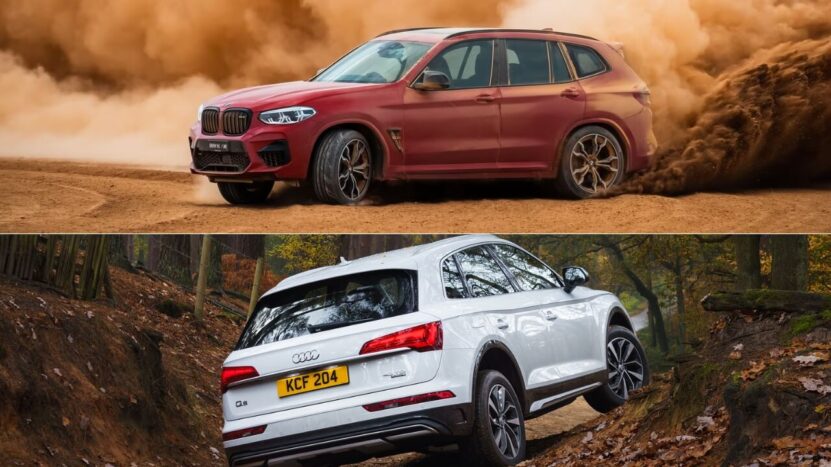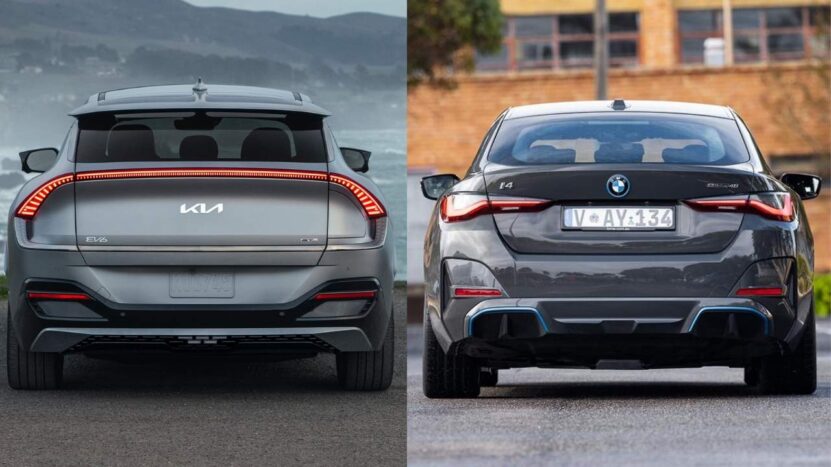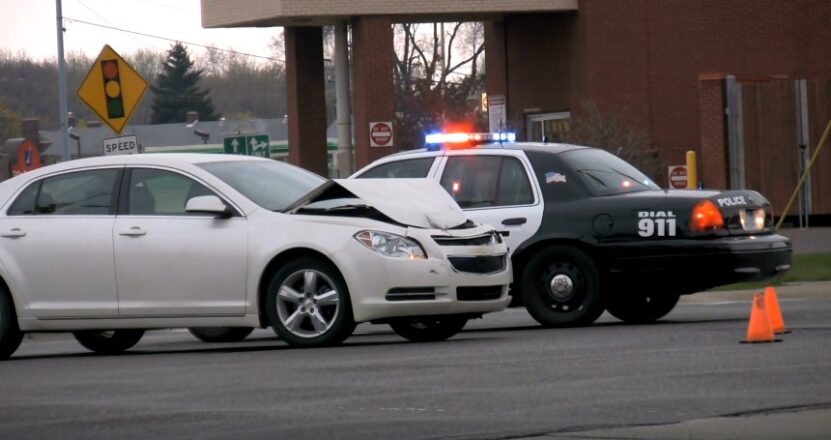
Share Post:
Drivers often believe that dents, scrapes, or cracks on a vehicle do not carry legal consequences. Many see them as cosmetic issues, not legal concerns. That assumption can create problems during a routine drive.
Some repairs, such as minor dents, can be handled quickly with auto dent repair services. Those options help keep vehicles safe, functional, and less likely to attract police attention. Still, certain types of surface damage can raise serious concerns with law enforcement.
Officers do not need to wait for erratic driving to pull someone over. Visible damage that threatens road safety or violates vehicle codes gives police enough reason to stop a car. Drivers with cracked windshields, dragging parts, or covered license plates may face a citation or even a required inspection.
Every state has laws that cover the condition of headlights, mirrors, windshields, and license plates. Police can use those guidelines to judge whether a vehicle should be on the road. Drivers should treat visible damage as a warning sign, not a harmless flaw.
What Counts as Surface Damage on a Vehicle
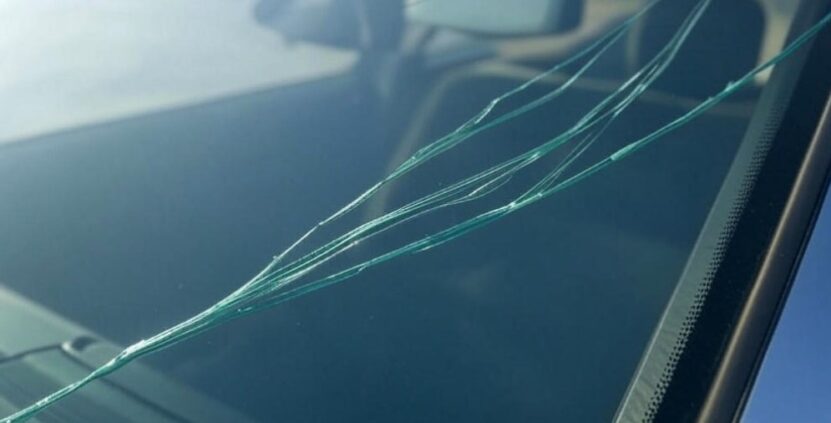
Not all damage to a car’s exterior leads to legal trouble. But some issues go far beyond cosmetic concern.
States in the US allow officers to stop a vehicle based on specific types of visible damage.
Each one of the following can raise legal or safety concerns:
Cracked Windshields
A small crack on the passenger side might pass, but deep cracks across the driver’s line of sight can lead to traffic stops.
Broken or Hanging Parts
A detached bumper, dragging fender, or loose body panel creates a hazard. Officers may pull over any vehicle showing those signs.
Obstructed or Damaged Lights
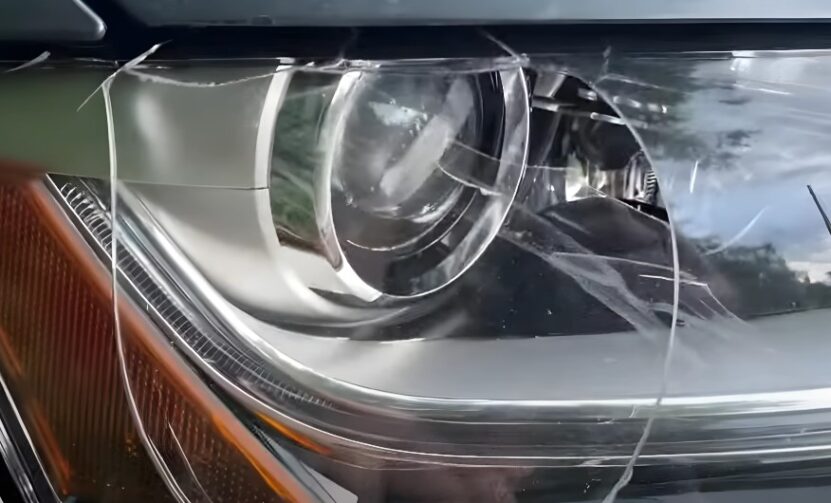
Functional taillights and headlights must remain intact. Surface damage covering or smashing them creates grounds for a traffic stop.
Damaged or Illegible License Plates
State laws require plates to be clear and fully visible at all times. Any surface damage that obscures or bends a plate violates that rule.
When Police Have the Right to Stop a Damaged Car
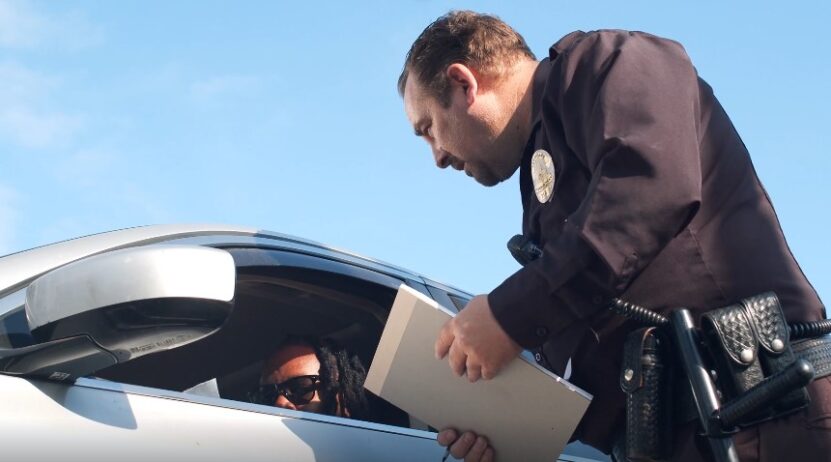
Law enforcement officers do not need to witness reckless driving to initiate a traffic stop. Surface damage alone can give them enough legal ground. Any damage that affects safety, visibility, or compliance with state equipment laws can trigger a stop without warning.
A dragging bumper, for example, can fall into the road. That creates a direct hazard for other vehicles. A missing side mirror reduces a driver’s ability to judge lane space. Officers take those risks seriously because they affect more than appearance.
Police do not pull over cars for every scratch or dent. They respond to damage that interferes with driving or increases danger. A shattered headlight, broken taillight, or cracked windshield in a driver’s line of sight all fit that category. If a part is loose or about to detach, the car can legally be stopped on the spot. So, if you see police lights behind you, it would be better if you know a couple of things.
Each state has its own standards, but officers often check:
- Brake lights
- Turn signals
- Mirrors
- Windshields
- Tire condition
Once damage crosses a certain threshold, a warning or citation can follow. In some cases, a fix-it ticket gives the driver a chance to repair the issue without fine. In others, the vehicle may be labeled unsafe for the road.
State Laws That Address Vehicle Condition
Not all states follow the same guidelines for surface damage. Each state enforces its own vehicle code.
Knowing the legal limits in your state—or a state you plan to drive through—can prevent stops, fines, or forced repairs.
| State | Surface Damage Type | Law or Enforcement Detail |
| California | Windshield cracks | Cracks blocking driver’s view violate §26710; fix-it ticket may be issued |
| Texas | Windshield cracks | Small cracks allowed unless in driver’s line of sight or wiper path |
| New York | Windshield cracks | Any visible crack that interferes with visibility may cause inspection failure |
| Florida | Windshield cracks | Minor cracks allowed unless they block view; insurance often covers full replacement |
| Pennsylvania | Headlights and taillights | All lights must function fully; cracked lenses or dim lights cause inspection failure |
| Illinois | Headlights and taillights | Cracks or covers that reduce brightness or change light color are illegal |
| Virginia | License plates | Plates must be flat and fully visible; damaged or covered plates are illegal |
| Oregon | License plates | Both plates required; damaged, unreadable plates violate ORS 803.540 |
| Montana | General surface damage | No inspections; police still stop cars for visible safety issues |
| South Dakota | General surface damage | No annual inspections; surface damage can still lead to stops if safety is at risk |
| Michigan | General surface damage | No inspection required; driving with dangerous surface damage can still bring citations |
Why Drivers Should Fix More Than Cosmetic Issues
Ignoring surface damage may seem harmless at first, but the risks increase quickly. What begins as a small flaw often spreads or leads to more expensive repairs. Delayed fixes turn into safety violations, inspection failures, and police stops.
Consequences of Ignoring Damage
- Stops and citations: Officers treat damage that affects lighting, plates, or structure as active violations.
- Higher repair costs: Small cracks in a windshield often expand. A bent panel may damage underlying parts if left unrepaired.
- Inspection failures: In inspection states, surface damage that blocks view, lights, or signals leads to automatic failure.
FAQs
Last Words
Driving with surface damage may seem harmless at first, but safety and legal limits say otherwise. Once a crack, dent, or broken part affects how your vehicle operates or signals, it draws attention from law enforcement. Each state follows its own rules, but safety stays at the center of every stop.
Staying ahead of damage, no matter how small, keeps your vehicle legal, safe, and reliable. What starts as a minor flaw can turn into a costly mistake or a roadside inspection. Taking action early prevents trouble later.
Related Posts:



